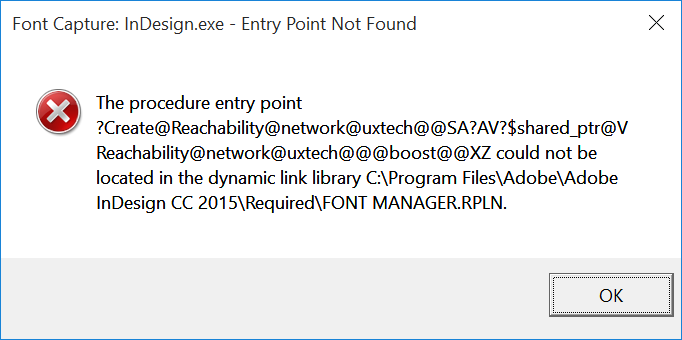

Notice that this generated document has over 30 ITEM elements. Line 7 identifies the ITEM element (and implicitly, its children) as iterable, or repeating. Line 8 in the XML specifies that the Asset itself, the binary, should be imported into the field associated with the IMAGE element. In the screen grab below, line 9 in the XML specifies that the dc:title metadata property on the AEM Asset should be imported into the field associated with the TITLE element. The “secret sauce” in this solution is the XML file that specifies AEM-to-InDesign mapping. The following screen grab shows a template document with Structure Panel open and field tagging highlighted. This tool uses InDesign’s XML import functionality to insert data and imagery from AEM into generated InDesign documents.


An XML document that specifies AEM-to-InDesign mapping.The tool requires three inputs to generate an InDesign document: Ensure that all data and imagery shown on InDesign documents is always up to date.Eliminate human error inherent in the manual process.Greatly reduce labor required to create and maintain InDesign documents.Setting up this automation is straightforward (no code is required) even for highly-customized documents. End-user updates to generated InDesign documents can be saved back to AEM Assets. It gives AEM the ability to generate InDesign documents directly from AEM Assets. This tool was created to enable automation of business processes that involve InDesign documents.


 0 kommentar(er)
0 kommentar(er)
